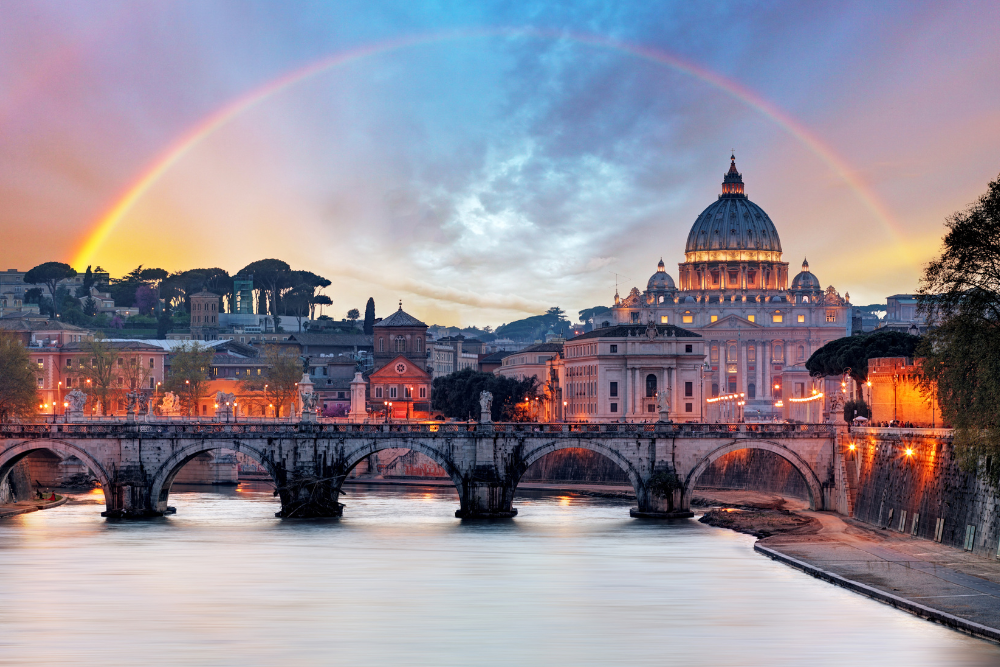Italy is home to some of the most extraordinary UNESCO World Heritage Sites, offering a blend of history, art, architecture, and natural beauty. These sites are a testament to Italy’s rich cultural heritage, drawing millions of travelers eager to explore the remnants of ancient civilizations, breathtaking landscapes, and architectural wonders. Here are five of the most remarkable UNESCO World Heritage Sites in Italy that should be on every traveler’s itinerary.
1. The Historic Centre of Rome and the Vatican City
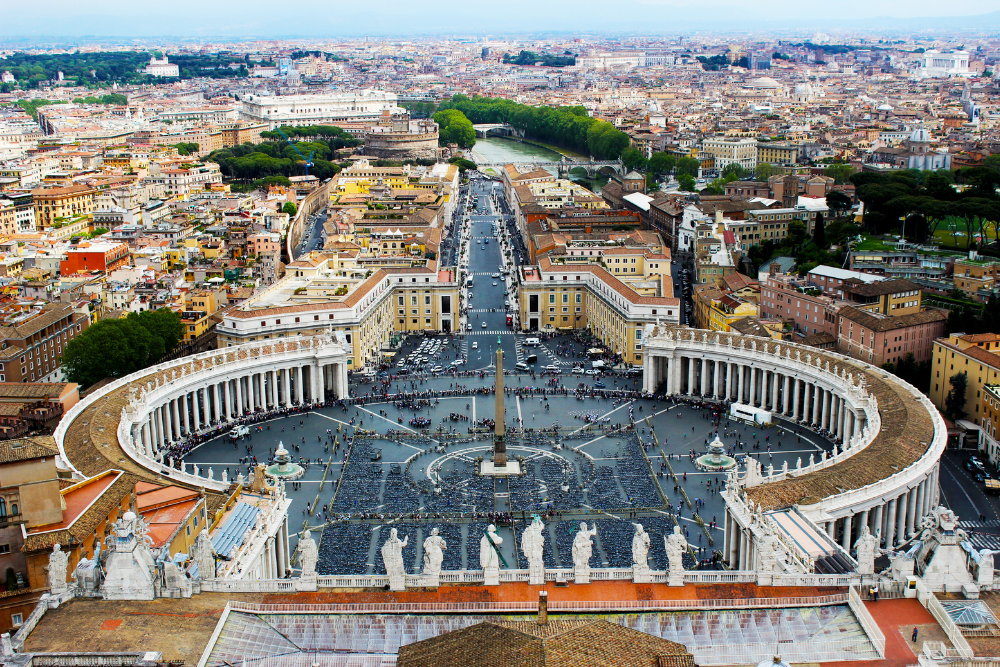
As the heart of the Roman Empire, Rome boasts some of the most iconic historical sites in the world. The Colosseum, Roman Forum, and Pantheon transport visitors back to ancient times, showcasing the grandeur of an empire that shaped much of Western civilization.
The Vatican City, an independent city-state within Rome, is also a UNESCO World Heritage Site. It is home to St. Peter’s Basilica, the Vatican Museums, and the Sistine Chapel, which houses Michelangelo’s legendary frescoes. Walking through these historic sites feels like stepping into a living museum, where every structure tells a story of power, art, and religious significance.
- Why Visit? Walk through the remains of an empire that influenced global history.
- Highlights: The Colosseum, St. Peter’s Basilica, Vatican Museums, and Trevi Fountain.
- Best Time to Visit: Spring (April–June) and Fall (September–November) for pleasant weather and fewer crowds.
2. Venice and Its Lagoon
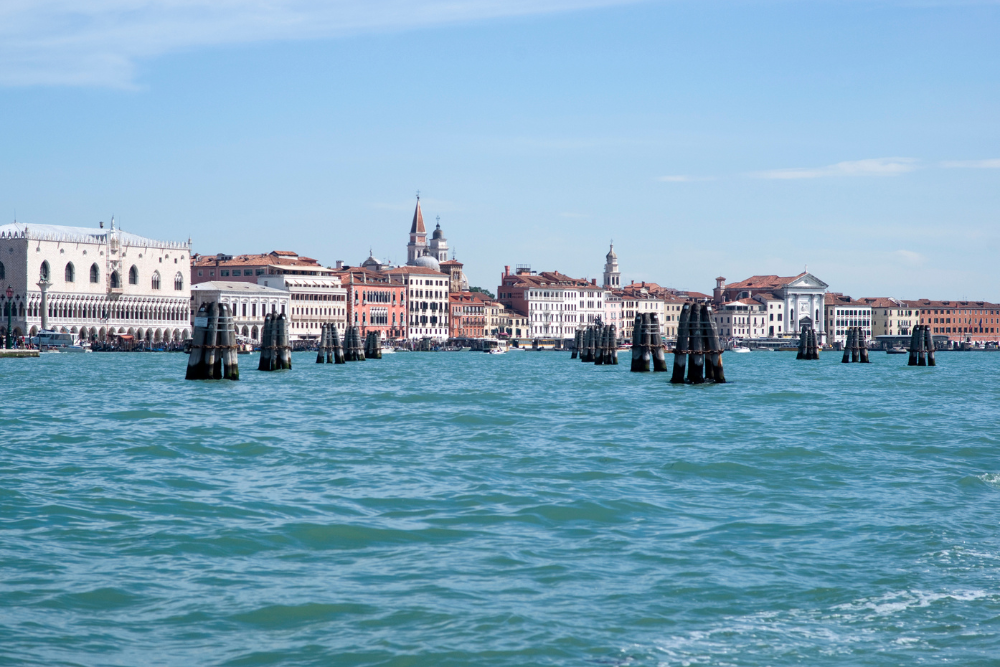
A city built on water, Venice is an architectural and engineering marvel. With its labyrinth of canals, historic palaces, and world-famous landmarks, Venice is one of Italy’s most enchanting destinations. The entire city, along with its lagoon, has been designated a UNESCO World Heritage Site for its unique blend of natural and human-made beauty.
The Grand Canal winds through the city, lined with stunning buildings that showcase Gothic, Renaissance, and Baroque styles. St. Mark’s Square is home to the magnificent St. Mark’s Basilica, the Doge’s Palace, and the Campanile, offering breathtaking views of the city. Beyond the city center, the islands of Murano and Burano are worth a visit for their glass-making traditions and colorful houses.
- Why Visit? Experience a city like no other, where history meets romance.
- Highlights: Gondola rides, St. Mark’s Basilica, Doge’s Palace, and Rialto Bridge.
- Best Time to Visit: Late Spring (May–June) or early Autumn (September–October) to avoid peak tourist seasons and flooding.
3. The Amalfi Coast

Stretching along southern Italy, the Amalfi Coast is a breathtaking blend of dramatic cliffs, colorful villages, and crystal-clear waters. The region’s unique coastal landscape, dotted with charming towns like Positano, Ravello, and Amalfi, has earned it UNESCO status.
Positano, with its pastel-colored houses cascading down to the sea, is one of the most photographed spots in Italy. Ravello offers a more serene escape, famous for its lush gardens and stunning sea views from Villa Cimbrone. Amalfi, once a powerful maritime republic, is home to the striking Amalfi Cathedral, featuring a mix of Arab-Norman, Byzantine, and Gothic architectural influences.
- Why Visit? One of the most picturesque coastlines in the world, perfect for relaxation and exploration.
- Highlights: Scenic coastal drives, historic churches, and lemon groves producing the famous Limoncello.
- Best Time to Visit: Late Spring (May–June) and Early Autumn (September–October) for warm weather without the summer crowds.
4. Pompeii and Herculaneum
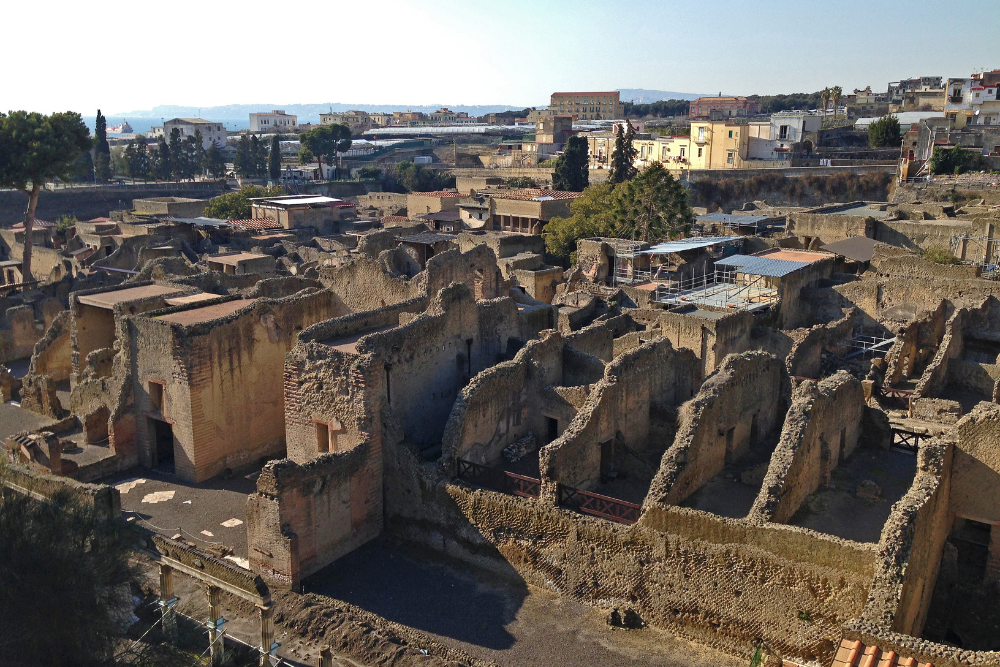
Frozen in time by the catastrophic eruption of Mount Vesuvius in 79 AD, the ancient cities of Pompeii and Herculaneum provide a rare glimpse into daily life in Roman times. These remarkably preserved ruins reveal intricate frescoes, mosaics, and everyday objects that illustrate the sophistication of Roman civilization.
While Pompeii is the more famous site, Herculaneum offers a more intimate and better-preserved experience. Unlike Pompeii, which was covered in ash, Herculaneum was buried under a thick layer of volcanic material, preserving wooden structures and delicate artworks in near-perfect condition.
- Why Visit? Walk through ancient streets and homes that tell the story of life before disaster struck.
- Highlights: Forum of Pompeii, preserved villas, the plaster casts of victims, and the House of the Deer in Herculaneum.
- Best Time to Visit: Spring (April–May) or Fall (September–October) to avoid the scorching summer heat.
5. The Dolomites
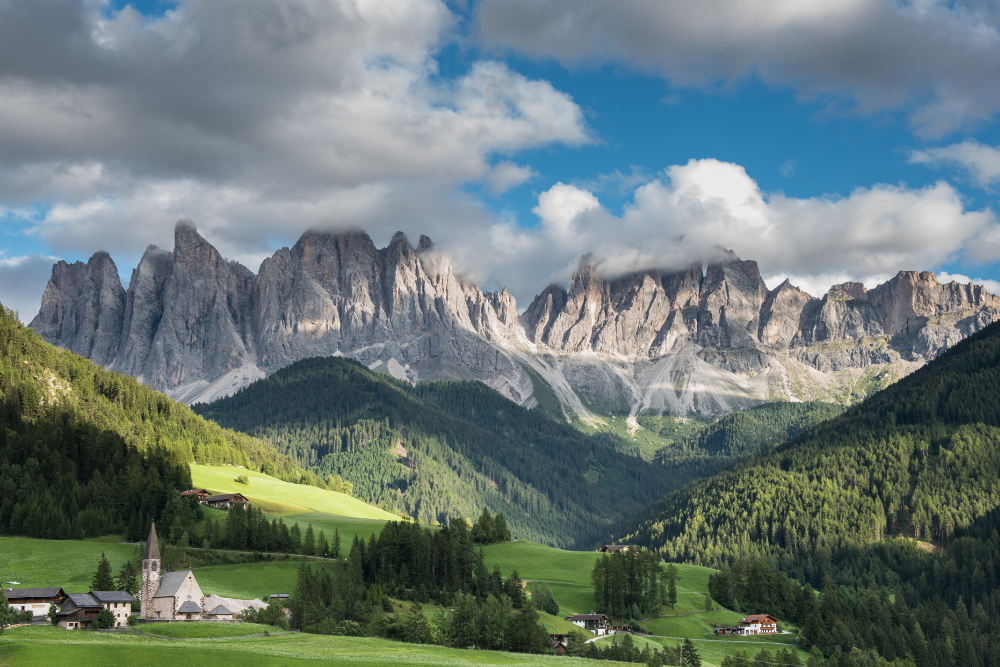
One of Italy’s most breathtaking natural sites, the Dolomites mountain range is a paradise for outdoor enthusiasts. Designated a UNESCO World Heritage Site for their dramatic landscapes and unique geological formations, the Dolomites offer some of the most stunning hiking, skiing, and photography opportunities in Europe.
The Seceda ridgeline and Tre Cime di Lavaredo are among the most iconic peaks, offering panoramic views that seem almost unreal. The region is also home to charming alpine villages like Cortina d’Ampezzo and Ortisei, where visitors can experience traditional South Tyrolean culture and cuisine.
- Why Visit? A must-visit for nature lovers, adventure seekers, and photographers.
- Highlights: Hiking trails, dramatic peaks, picturesque villages, and winter sports.
- Best Time to Visit: Summer (June–September) for hiking and outdoor activities; Winter (December–March) for skiing.
Final Thoughts
Italy’s UNESCO World Heritage Sites offer something for every traveler, whether you love ancient history, Renaissance art, breathtaking landscapes, or charming villages. Each of these five sites represents a unique aspect of Italy’s rich cultural and natural heritage, making them must-visit destinations for anyone exploring the country. Whether you’re wandering through the ruins of Pompeii, gliding through the canals of Venice, or hiking the peaks of the Dolomites, these sites promise an unforgettable journey through Italy’s past and present. Which UNESCO site will be your first stop?



